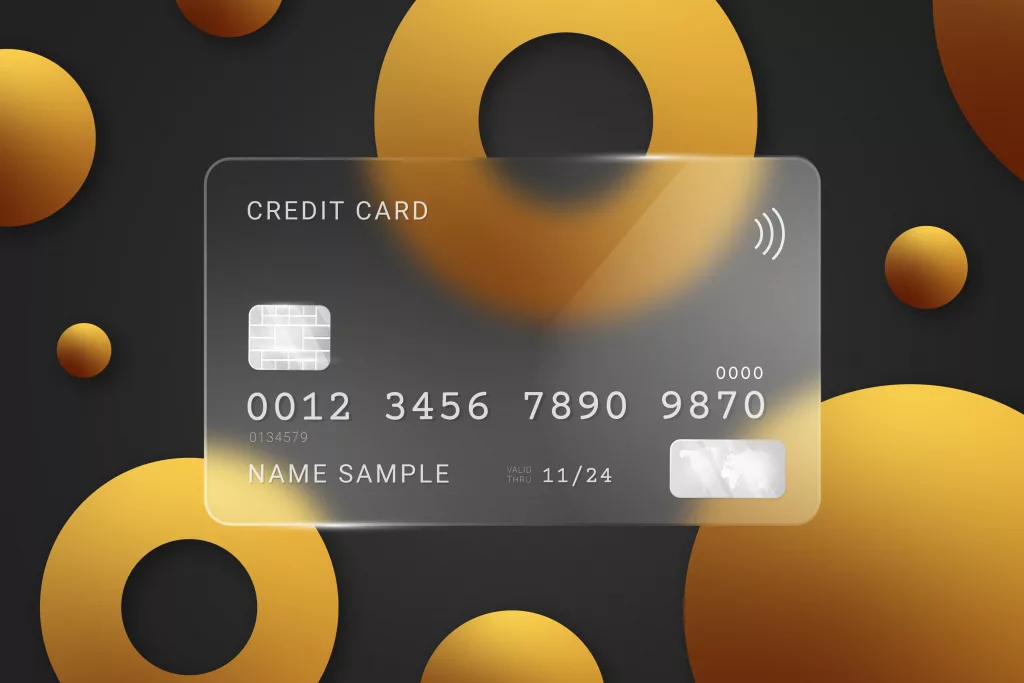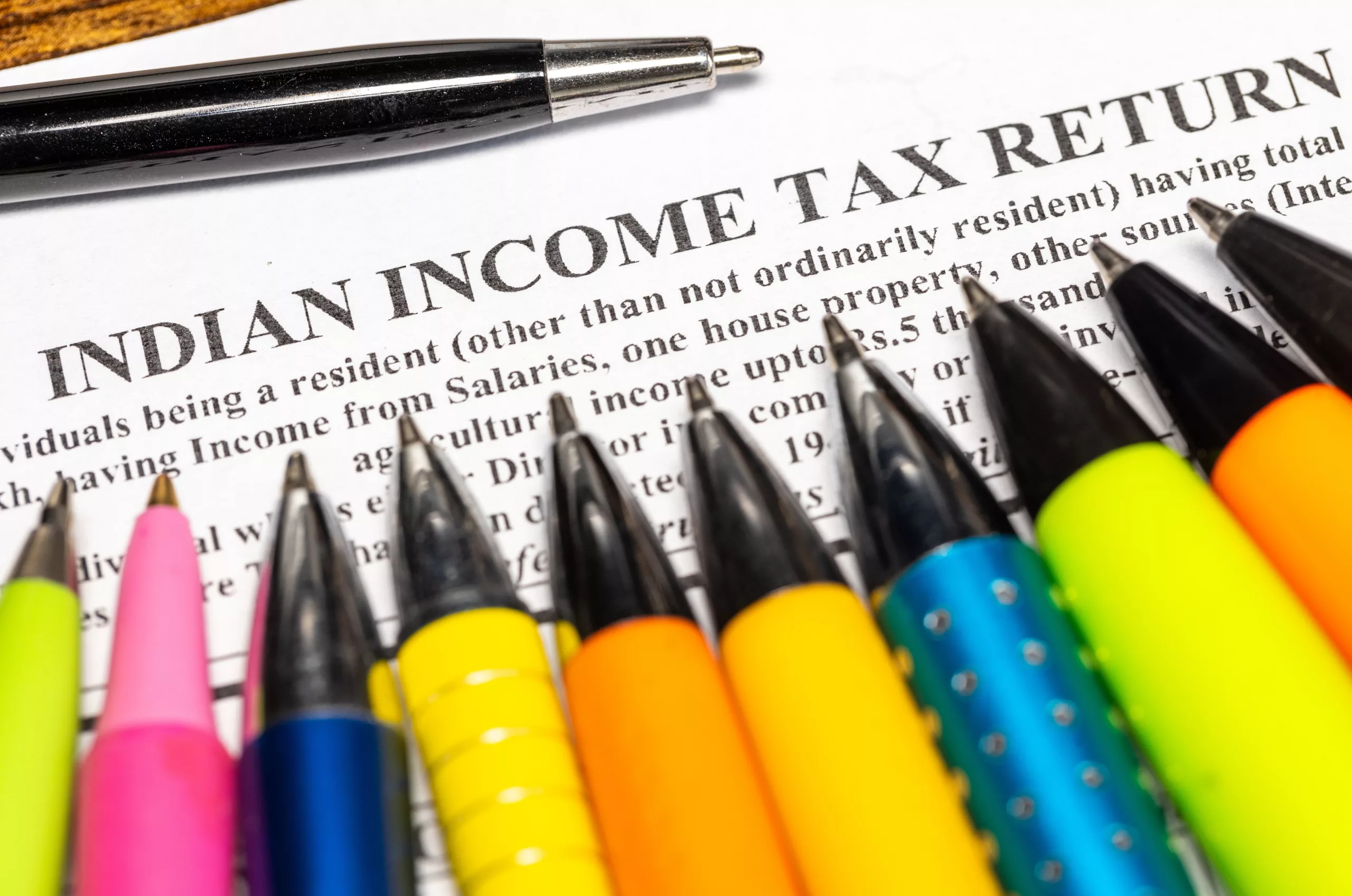How does a Credit Card work ?

Do you have a credit card or are you planning on getting a credit card? This plastic card also known as plastic money is one of the most essential instruments in today’s world as it dominates the way most people spend or make transactions these days, as it is more convenient to use and easy to pay as compared to the contemporary methods. As per a recent study, there are over 2.8 bn credit cards in use across the globe, out of which approximately 4-5% are in India. Most people in our country only know about credit card but lack clarity about how it works and how to maintain a card without falling for a trick or a fraud. When a person spends on a credit card, there is always a possibility that they can earn a reward or a cashback for every spend.
Many people still get confused about the use of credit cards as compared to debit cards. Both of these come under the category of plastic money and have many similarities, but do you know what are the fundamental distinctions between the two types of cards? When you make a transaction from your credit card, you are effectively borrowing money from the issuer, and liable to pay interest that is accrued on any unpaid amount at the end of a period of 30 days or less which is known as the billing period. On the other hand. to make an expense on a debit card, you must first have an active bank account. A debit card is only issued to an account holder, when you use your debit card to make an expense, the amount is immediately withdrawn from the respective bank account.
What is a Credit Card?
A credit card is a type of access to funds, given to the card holder by banks and financial institutions that may be used to make purchases, pay bills, or withdraw cash, depending on the type of the card and the credit facility. A credit card may be thought of as a short-term loan with a pre-fixed limit. An established credit limit is given to new credit card customers when they open an account. A credit limit allows you to make purchases or pay for your bills with a pre-determined amount of money. As and when you use the card to make purchases, the available credit on the card is depleted and the rest is counted as the balance credit on your card. The money you borrow from the awarded credit limit is on the account of the credit card issuer and the same amount is repaid with an interest quotient.
So, How does it actually work?
You may use a credit card for online shopping, bill payments, and for various other expenses. If you pay with a credit card, the merchant’s bank receives your card information. The credit card network then gives the receiving bank the approval to complete the transaction. In an automated environment, the card issuer verifies the cardholder’s details and then proceeds to either allow or deny the transaction. As soon as the transaction is approved by the issuer, the available credit on the card is reduced by the amount of the transaction. At the end of a billing cycle, the cardholder receives an account statement from the credit card company which includes details of all the transactions made during the month. The details include the current spend on the card, the minimum due, the accumulated interest on the spend (if any), and the due date or the interest-free period for the amount spent on the card.
For every purchase that a cardholder makes on a credit card, they have a pre-approved period of up to 30 days to pay it back, which is known as an “extended grace period”. At the end of the grace period, If you pay your account in full before the due date, you are not entitled to pay any interest for this period. In other cases, when you pay the minimum amount due to clear your credit limit, you may however be charged an additional interest on the amount that is left as a used balance. The same is the case if you carry a balance from one month to another. The Annual Percentage Rate (APR) on your credit card shows the yearly cost of having credit. Most of the credit cards offered these days also have a yearly maintenance charge, which is included in the APR, along with your interest rate.
The Annual Percentage Rate (APR) for most credit cards is linked to the prime rate, which changes every day. Ever since the CARD Act of 2009 can into existence, it has imposed strict limitations on when credit card issuers may and may not increase the rate being charged, also it ensures that the APR is flexible and may increase or decrease over a period of time. On the other hand, most of the actions related to a credit card directly affect an individual’s credit score. It is also considered to be a good instrument to get and maintain a decent credit score. On-time payments are most beneficial for you to have a good credit score, whilst late payments are highly expensive. If you maintain a decent credit utilization ratio, there is always a bigger chance of having a better credit score as compared to a condition when you’ve used your credit cards to the maximum limit.
How does it function when using it for online payments?
When you choose to make an online payment via a credit card, whether Visa or a Mastercard, the merchant portal will ask you for specific details. These details may include 16-digit card numbers, expiry dates, and the CVV code as printed on the card. After completing the transaction, payment information is provided to your bank through a payment gateway. Recently, to avoid credit card fraud and misuse, the banks have started to authenticate each and every transaction by sending an OTP or a one-time password to your registered email address or the registered mobile phone number. The bank will later finalize your trade if the OTP is accurate as provided by the issuer.
With more and more cards being issued every day or month, the onus lies on the issuing company as well as the transactional partner to keep the data secure and allow its cardholders to use their cards without any threats and malfunction. In recent years, the number of cyber frauds involving credit cards has seen major growth, following the same the card companies keep coming up with various technological advances to safeguard customers and their money.
Some key terms associated with Credit Cards:
- Interest
The interest rate or interest charged on the credit availed is one of the most significant aspects of a credit card. You borrow money from the card issuer when you use a credit card. Essentially, you’re taking out a loan, and you may be required to pay interest on it. It’s important to note that this interest only applies if you do not pay the entire bill amount within the due period. You will be charged additional interest if you do not pay a bill within the interest-free period. Once you learn how credit cards function, you should know that you’ll be paying the interest every month which is approx 3% per month, and the same would result in an annual interest rate of about 36% if accumulated for a long period of time.
- Credit Limit
There is a specific amount that is considered to be the maximum credit limit on each credit card, and the credit card issuer may deny the transaction if you attempt to use the card after exhausting the entire limit. There are many variables that influence an individual’s credit limit, which includes your income and the capacity to pay, the type of credit card being offered, any other obligation that one has, and also your credit score and payment history. When you have a good credit score, the credit card company may allow you to increase your credit card limit.
- The payment cycle
The payment cycle is ideally the first 30 days of interest-free credit being provided to each and every cardholder. Once a credit card is issued, the payment cycle starts from day 1 and continues for the next 29 days. Then on the 30th day, the bill is processed. Before the bill arrives, you have a certain amount of time to spend on your credit card. With early purchases, you will have more time to pay for the transactions, which gives an individual more time to plan and pay for them within the due period.
- The minimum amount due
All the credit card issuers provide a little relief for those who are in dire need of funds and can not pay the entire amount in the current billing cycle. Every time a bill is generated, the issuer calculates a minimum amount that is to be paid in order to revive the actual limit for the next billing cycle. The amount is declared within the credit card statement, as a part of the payment to be made against the current spend. In case you don’t pay ever the minimum amount due, you might be liable to pay additional charges. However, if you exceed the minimum amount due, you will have to pay the interest on that amount.
- Balance on card
The balance left on the credit card is the amount that is left to pay from the previous billing cycles. If a cardholder keeps paying the minimum amount due over a period of months, then the entire accumulated amount left is to be paid as a balance on the card. The more the balance, the higher the interest that will be charged on the balance, and is compounded month after month. In order to avoid paying additional interest on the amount, one must ensure to pay their credit card bills within the stipulated time.
How to choose an Ideal Credit Card?
With more and more offerings from various banks and online lenders, it is getting more and more tricky for an individual about which card to choose and how to go ahead with various rewards and benefits. With over a hundred cards to choose from, the individuals pay much attention to various rewards and types of a card. You can get the most significant credit card for yourself by comparing it on the basis of the shopping rewards and benefits.
For a quick comparison one must be following these points:
i) The standard variable APR for purchases made on the card;
ii) The APR for money transfers and cash payments;
iii) The introductory APR terms and conditions;
iv) The yearly fees and incentives, and others
When you use your credit card wisely, it may help you develop a good credit score which can help you get great deals and offers on other credit facilities like a home loan or a personal loan. You may also maintain good credit by paying your bills on time and keeping a low credit utilization ratio on your credit cards, no matter how many are them are being used. Paying your credit card dues in a timely fashion and in full each month is the most excellent approach to prevent interest charges and create a good credit history.







